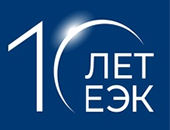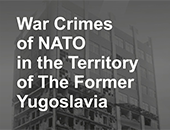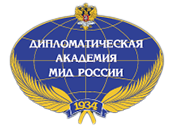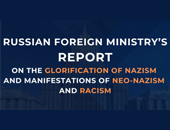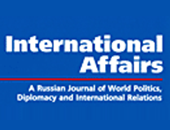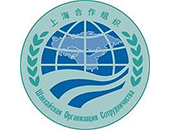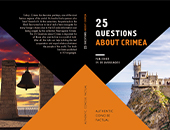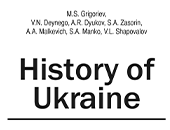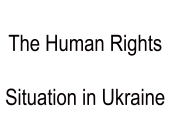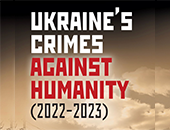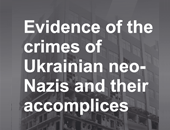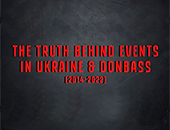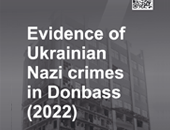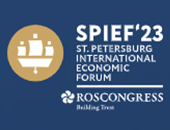I would like to greet the organizers of the exhibition dedicated to the Red Orchestra, first of all its main driving force, Mark Watts and Peter Skinner. I reiterate my gratitude for the huge work they have undertaken, as well as for their timely and enthralling initiative.
This exhibition is of crucial importance for preservation of the memory of the Second World War and heroes who made a huge contribution to our common victory over Nazism.
The Red Orchestra was undoubtedly a unique phenomenon. It was a fusion of anti-Nazi Resistance and intelligence work. It brought together people of different nationalities, confessions coming from different countries, having different social backgrounds and possessing different talents. Not all of them were intelligence professionals and not everybody shared the Soviet ideology of the time. But there was one thing that united them their hatred of Nazism and striving to do their utmost for Allied victory. Information delivered by its members was of inestimable value for our common victory.
70 years ago, in mid-June 1941 the Red Orchestra warned the Soviet authorities that Germany was going to assault the USSR within the next few days. In November of the same year it informed the Soviet command that the Wehrmacht armies under Moscow were exhausted. It helped to choose the right moment for a counter-offensive of the Red Army, which started on 6 December 1941 and led to Hitler’s first strategic defeat.
Alas, just a week later, on 13 December 1941 the Gestapo managed to detect the secret meeting place of one of the intelligence groups. As a result many members of the Red Orchestra were arrested. But those who remained free continued intelligence activities. They transmitted to Moscow Hitler’s war plans for 1942, including preparations for a strategic strike towards the Caucasus aimed at seizing oil resources. In summer and autumn of 1942 their intelligence information helped in planning the battle for Stalingrad.
Moreover, even after the arrest in November 1942 of key members of the Red Orchestra they continued their fight in prison. For Leopold Trepper who had succeeded in warning Moscow of the arrests, it was the beginning of “The Great Game” – many months of psychological battle against the Nazis, from which he came out victorious. His colleague, Anatoly Gurevich managed to recruit the very Gestapo officers who had been leading the hunt on the Red Orchestra, and in 1945 delivered them together with their archives to Moscow.
Unfortunately, not all were as lucky. The Nazi subjected members of the Red Orchestra to torture and executed in total more than two hundred of them.
When we speak about the Red Orchestra members, we highlight three major qualities characterizing their fight: anti-fascist convictions, high professional skills and outstanding courage. Let us name at least some of those heroes.
A big contribution into intelligence activities of the Red Orchestra was made by the group of Leopold Trepper (alias “Otto”) and Anatoly Gurevich (“Kent”), working in Belgium, France and the Netherlands. They were assisted by Leo Grossvogel, Hillel Katz, Henry Robinson, Mikhail Makarov, Sophie Poznanska, Isidore Springer, Hersch and Mira Sokol and others.
The Red Orchestra’s driving force in Germany, the heart of the Nazi empire, was its Berlin group led by Arvid Harnak, an official of the Ministry of Economy, and First Lieutenant Harro Schulze-Boysen, officer at the Luftwaffe headquarters. The “Corsican” and the “Master Sergeant”, as they were called in the cables, were assisted by faithful friends: Harnak’s wife Mildred, writer Adam Kuckhoff (alias “Old Man”) and his wife Greta.
I hope this exhibition will not only pay tribute to those who struggled, suffered, were tortured and died for the sake of Victory. The Red Orchestra serves an inspiration for the current generation of Europeans in the fight against neo-Nazism and radical extremism. It is sad to observe the rise of nationalist and racial superiority ideas in some European countries, the Nazi salute and SS veterans marches coming into political fashion; as well as attempts to re-write the history of the Second World War, the history of Europe, our common history. I am sure that our duty is to honour the memory of those who died for the sake of peace 70 years ago, including by telling the history of their heroic deeds to the younger generation, as well as to prevent the repetition of tragic mistakes of the past.





